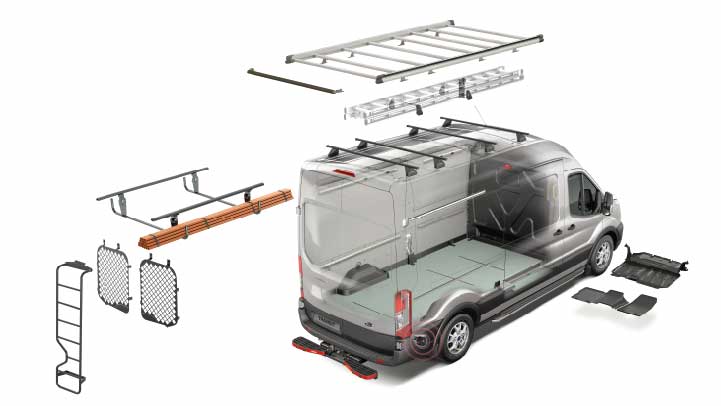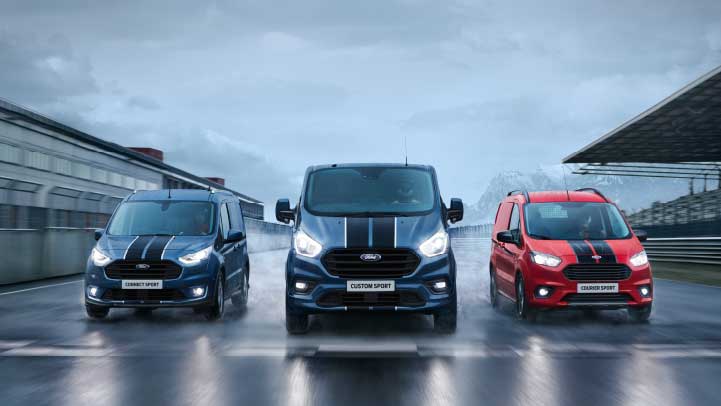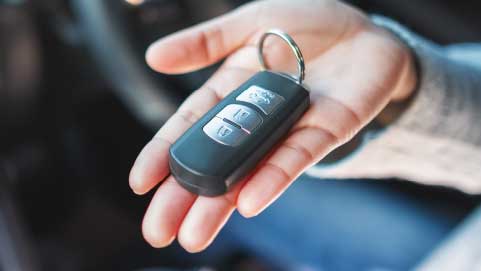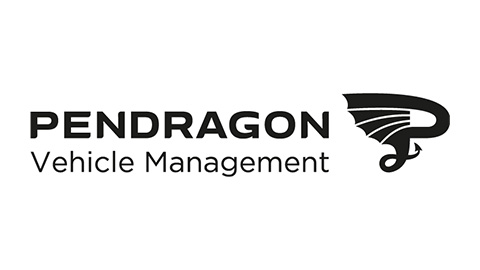How does LCV wear and tear differ?
Vans are normally exposed to heavier usage than cars, and therefore allowances are made for this in the BVRLA standards. Full details of BVRLA standards, can be accessed by contacting us. We have also put together a Fair Wear and Tear Guide that can be downloaded here:
The main difference compared with the BVRLA fair wear and tear standards for cars is that your LCV is assessed by applying criteria to colour coded ‘zones’. You should pay special attention to external specialist equipment which may have been added.
Fair Wear and Tear Guide
Colour Coded Zones
The 'zones' are defined by three colours, with each representing different areas of the vehicle that may be exposed to certain levels of use.
Blue Zone (non-working surfaces):
This applies to external body paintwork, bumpers, and trim. This zone is treated in a similar way to the standards that apply to the same areas on leased cars. Before returning the vehicle, any logos, wraps, and advertising livery applied to the bodywork or glass without the permission of the leasing company will need to be removed by a professional. Damage caused by adding or removing these are not covered by wear and tear.
Yellow Zone (working surfaces):
This is any surface in contact with a load, therefore being exposed to extra wear and tear. Evidence of wear on interior and external load bearing areas such as tailboards, kick panels, tippers and dropsides is acceptable. Chips, dents or scratches are acceptable, but distortion or deformation of metal panels is not. Paint removed by wear to working surfaces such as steps and door sills is also acceptable.
Magenta Zone (driver and passenger areas):
The interior upholstery must be clean and odourless with no burns, scratches, tears, or stains. Floor coverings and surrounding trims must not be torn or split. Carpets and footwells should not have any holes. All seats supplied should be present. Interior fittings should also be present, intact, and free from damage. All in-cab equipment and accessories, including first aid kits and fire extinguishers, must be returned or replaced. Dashboard equipment added without the permission of the leasing company should be removed professionally. Holes and damage caused by this type of removal are not covered by wear and tear.
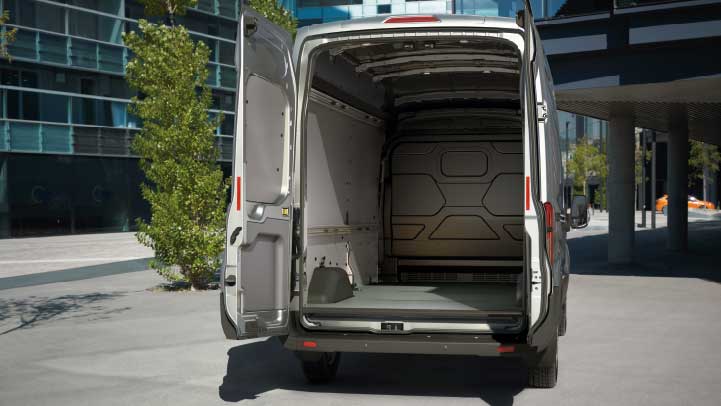
External specialist equipment
If you have additional, specialist equipment fitted to your vehicle, you will need to consider the following. Current, valid statutory certificates must be available.
Tow-bars
These can only be fitted with the prior permission of the leasing company. If fitted, a tow-bar should be in good condition with working electrical connections.
Roof racks and ladders
Prior permission is required. These should be fit for purpose, fitted with anti-rust clamps and pads. Holes created for fitting should be treated against water penetration and rust. Distortion to the roof or any panel or gutters is not covered by wear and tear.
Roller shutters
Scratches to paintwork or roller shutters caused by normal usage are covered. Damage caused by the impact of load movement is not, neither are cracks and holes.
Tail-lifts and other mounted equipment
Paint deterioration on tail lift platforms is covered, provided there is no distortion to the platform or uprights.
